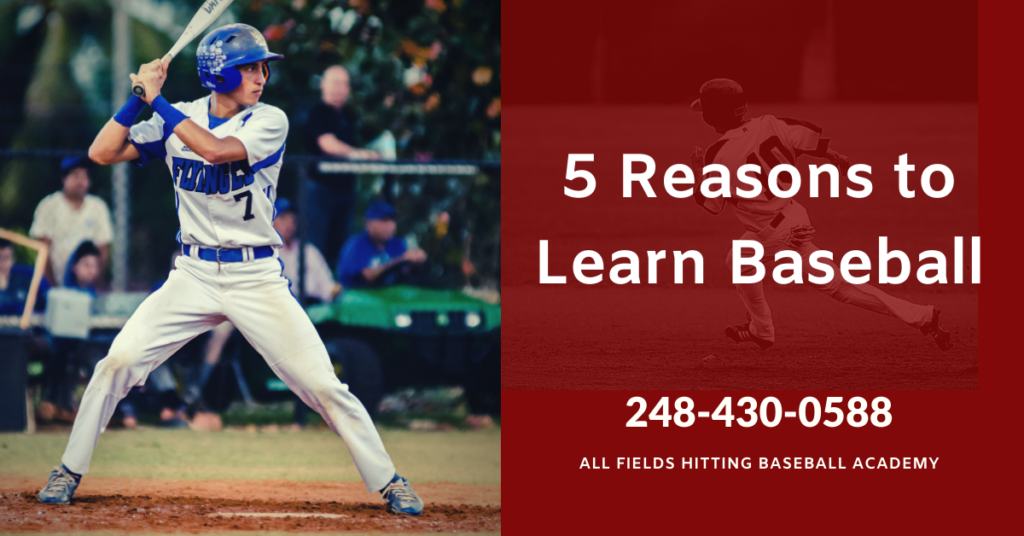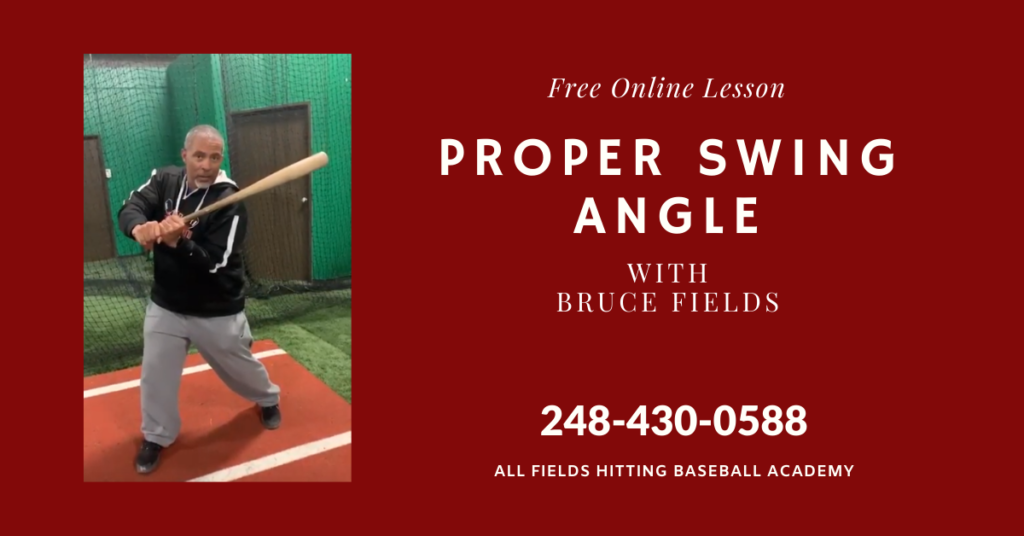Nine Pitches Every Pitcher Needs To Know
A good fastball can get you a long way in baseball. If you really want to become a complete pitcher, however, you will need a few other pitches to complement your fastball. Each pitcher (and pitching coach) has their own philosophy when it comes to which baseball pitches are best. There are three basic categories of baseball pitches; fastballs, breaking ball, and off-speed pitches. Fastballs are usually the highest velocity baseball pitch that a pitcher has. They are mostly straight pitches, although some types of fastballs have some movement. Breaking balls are thrown at slower speeds but have significantly more movement. Off-speed pitches are thrown to look like fastballs but at a slower speed to disrupt the hitter’s timing.


Here we will discuss nine of the most common baseball pitches. Each one has its advantages and disadvantages. Although there are many different baseball pitches, most pitchers focus on three or four and try to master them.
Fastballs
Four-Seam Fastball
The four-seam fastball is the most common pitch in baseball. It is the straightest pitch with the highest velocity. The four-seam fastball is thrown with backspin and sometimes appears to rise, although this is an optical illusion. In reality, it just drops less than other pitches which gives the illusion of rising.
The four-seam fastball grip is held with two fingers across the large “horseshoe” of the seams. The pitcher releases the four-seam fastball with a neutral wrist position so that his fingers are on top of the ball and his thumb is below. It gets its name from the fact that when the pitcher releases the pitch, it rotates with backspin and all four seams rotate against the air.
Two-Seam Fastball (Sinker)
The two-seam fastball is also a high-velocity pitch, but usually a few miles per hour slower than a four-seam fastball. It also has movement down and to the pitcher’s arm side. Because two-seam fastballs drop so much, they are often called sinkers. Sinkers are especially good for getting soft contact and getting hitters to ground into double plays. This is because the batter swings at where they think the ball is when in reality it has dropped a few inches lower.
Sinkers are held with two fingers along the “train tracks” of the seams. It is thrown with pronation, meaning the wrist is rotated inward and the wrist is inside of the ball when it’s released. This creates arm-side rotation and movement. The pitch also drops more than a four-seam fastball because only two seams are providing resistance against the air.
Cut Fastball (Cutter)
A cut fastball, also called a cutter, is thrown like a four-seam fastball except that the fingers are held along the outside of the large horseshoe laces. The ball is thrown with the wrist supinated, or turned to the outside, creating movement to the pitcher’s glove side. The cutter is thrown with the same arm motion as a fastball, and generates high velocity. It has more movement than a four-seam fastball, but less than a slider. Cutters are good to throw inside to opposite-handed batters to get either weak contact or a broken bat.
Breaking Balls
Curveball
The curveball has the most movement of any of the baseball pitches talked about here. Curveballs are thrown with forward rotation, increasing the rate of drop. A curveball is also thrown at a much lower velocity than a fastball.
The curveball is gripped with two fingers along the inside of the horseshoe laces. When thrown, the wrist is supinated so that the two fingers are facing the catcher. At this point, the pitcher “snaps” his wrist downward to create maximum forward rotation.
Slider
A slider is also a baseball pitch with movement, but it is thrown with more velocity than a curveball and has gloveside lateral movement. The slider is held with two fingers along the traintack seams, and with supination of the wrist. It is thrown with fastball armspeed and the wrist outside of the ball. Sliders are especially effective because they have late movement. It looks like a fastball for a long time, until the batter starts his swing, then it breaks sharply. Sliders are good strikeout pitches.
Off-Speed Pitches
Changeup
A changeup is held with three or four fingers, depending on the grip. It is held deep in the palm of the pitching hand. A changeup looks like a fastball but will be 8-10 miles per hour slower. This fools the batter into swinging early. Because the changeup is slower, it also drops more than a fastball. This makes batters swing over it and hit more ground balls.
Circle Change
A circle changeup is held with four fingers. The index finger and thumb are held in a circle around the ball, creating an OK sign. The middle finger is held along the straight seam, and the pitch is thrown with pronation. This creates armside spin as well as drop. The circle changeup, like the regular changeup, is 8-10 MPH slower than a fastball.
Split-Finger Fastball
Even though it’s called a fastball, the split-finger fastball is an offspeed pitch. The ball is held between the index and middle finger, spread wide apart along the horseshoe seams. Because it is held far back between the fingers, the splitter comes out of the pitcher’s hand at a lower velocity than a fastball. It also has a tendency to “drop off the table”, or drop when it gets close to the plate. The splitter is a great strikeout pitch because it’s deceptive.
Knuckleball
The knuckleball is a wildcard.. It’s not like any other pitch. It is held with the tips of the fingers, not literally the knuckles. It is thrown with little to no rotation, and the way the air interacts with the non-rotating seams makes the ball move in random directions. The knuckleball is thrown much slower than any other pitch, usually around 60 miles per hour. Because it’s unpredictable, it’s extremely difficult to hit, or to catch.


